Evaluating the 2025 Outlook for Large-Cap Stocks
Introduction
Large-cap stocks continue to be a cornerstone of investment portfolios, offering stability and long-term growth potential. These stocks represent well-established companies with strong financials, making them attractive to investors seeking reliable returns. In 2025, factors such as technological advancements, inflation trends, and global economic shifts will shape large-cap stock performance. Understanding these dynamics is crucial for investors looking to optimize
Market Trends Driving Large-Cap Stocks in 2025
Large-cap stocks are expected to maintain strong performance in 2025, driven by sector-specific growth and economic stability. The technology sector continues to lead, with artificial intelligence, cloud computing, and semiconductor advancements fueling expansion. Companies like Microsoft MSFT and Nvidia NVDA are positioned for growth due to increasing demand for AI-driven solutions and high-performance computing. Healthcare and financial services also show resilience, benefiting from innovation and regulatory shifts that support long-term profitability.
Technological advancements play a crucial role in shaping large-cap stock valuations. AI integration, automation, and digital finance are expected to drive revenue growth for industry leaders. Companies investing in next-generation technologies will likely see increased investor confidence, leading to higher stock valuations. Additionally, firms adapting to sustainability initiatives and clean energy solutions may experience long-term appreciation as global markets prioritize environmental responsibility. Global economic influences will shape large-cap stock movements, with monetary policies and trade agreements playing a significant role. The Federal Reserve’s interest rate decisions and inflation trends will impact investor sentiment, affecting stock valuations across multiple sectors. Companies with diversified revenue streams and strong balance sheets are expected to outperform, mitigating risks associated with economic fluctuations.
Sources:
BlackRock
StockBossUp
Market Considerations for 2025
Risks and Volatility Considerations
Market fluctuations will continue to impact large-cap stocks in 2025, driven by economic uncertainty and investor sentiment. Large-cap stocks, particularly in technology and financial sectors, may experience volatility due to earnings reports, geopolitical events, and Federal Reserve policy shifts. Companies like Apple AAPL and Microsoft MSFT often see price swings based on macroeconomic trends and sector-specific developments. Interest rate policies and inflation concerns will play a significant role in shaping large-cap stock performance. The Federal Reserve’s stance on interest rates will influence borrowing costs, corporate profitability, and overall market liquidity. Inflationary pressures may lead to higher input costs for large-cap companies, affecting earnings growth and stock valuations.
Strategies for mitigating risk in large-cap investing include diversification, sector rotation, and defensive stock selection. Holding a mix of growth and value stocks within large-cap portfolios can help reduce exposure to market volatility. Additionally, investing in dividend-paying large-cap stocks enhances portfolio stability by providing consistent income.
Sources:
BlackRock
iShares
CFRA Research
Sector-Specific Outlook for Large-Cap Stocks
The technology sector is expected to drive large-cap stock growth in 2025, fueled by advancements in artificial intelligence, cloud computing, and semiconductor innovation. Companies like Nvidia NVDA and Microsoft MSFT are positioned to benefit from increased demand for AI-driven solutions and high-performance computing. The healthcare sector remains a stronghold for large-cap stocks, with drug approvals, policy changes, and medical innovation shaping investment strategies. Pharmaceutical giants such as Johnson & Johnson JNJ continue to lead in research and development, driving long-term growth.
Regulatory shifts and healthcare reforms may impact pricing structures, but the sector’s resilience ensures steady performance.
The financial sector faces challenges and opportunities in 2025, influenced by interest rate impacts and banking stability. Large-cap financial institutions, including JPMorgan Chase JPM, are sensitive to Federal Reserve policies and inflation trends. Rising interest rates can improve profit margins on loans but may also reduce borrowing demand.
Sources:
Charles Schwab
iShares by BlackRock
BlackRock Market Considerations
Dividend Yields and Income Potential
Expected dividend trends for large-cap stocks in 2025 indicate steady payouts, with companies prioritizing shareholder returns. Dividend-paying large-cap stocks, such as Johnson & Johnson JNJ and Coca-Cola KO, continue to offer reliable income streams. Investors favor these stocks for their ability to maintain consistent dividends even during economic fluctuations. Tax efficiency considerations play a crucial role in dividend investing. Qualified dividends from large-cap stocks are taxed at lower rates than ordinary income, providing a tax advantage for long-term investors. Holding dividend-paying stocks in tax-advantaged accounts, such as IRAs, can further optimize tax liabilities. Additionally, funds with lower turnover rates, such as Schwab U.S. Dividend Equity ETF (SCHD), minimize capital gains distributions, enhancing overall tax efficiency.
Reinvesting dividends enhances portfolio growth by compounding returns over time. Many large-cap stocks offer automatic dividend reinvestment programs, allowing investors to purchase additional shares without incurring transaction fees. This strategy increases exposure to high-quality companies, accelerating wealth accumulation. Investors who reinvest dividends benefit from long-term capital appreciation.
Sources:
3 Safe Ultra-High-Yield Dividend Stocks
Dividend ETFs for Passive Income
Global Dividend Stocks to Consider
Valuation and Growth Prospects
Price-to-earnings (P/E) ratios remain a key metric for assessing large-cap stock valuations. In bullish markets, high P/E ratios may indicate investor optimism, but they can also signal overpricing. Companies like Microsoft MSFT and Nvidia NVDA have seen elevated valuations due to strong earnings growth and technological advancements. Investors should compare P/E ratios across industry peers and historical averages to determine whether a stock is fairly valued. Identifying undervalued large-cap stocks with strong growth potential requires analyzing financial metrics, sector trends, and market sentiment. Stocks with low P/E ratios, high dividend yields, and stable revenue growth often present attractive opportunities. Companies in emerging industries, such as clean energy and artificial intelligence, may be temporarily undervalued despite strong future prospects.
Large-cap firms adapt to competitive pressures by implementing strategic acquisitions, diversifying revenue streams, and enhancing operational efficiencies. Companies like Apple AAPL leverage acquisitions to integrate emerging technologies, ensuring continued innovation. Additionally, large-cap firms expand into new markets and optimize supply chains to maintain profitability. By embracing digital transformation and strategic partnerships, these companies mitigate competitive pressures and sustain long-term growth.
Sources:
US Dynamic Large Cap Value Outlook 2025
7 Large-Cap Stocks Poised for Strong Gains
Market Trends for Large-Cap Stocks
Future Investment Strategies for Large-Cap Stocks
Portfolio diversification and sector allocation remain essential for optimizing large-cap stock investments in 2025. Investors should balance exposure across technology, healthcare, and financial sectors to mitigate risks and enhance returns. Companies like Microsoft MSFT and Johnson & Johnson JNJ provide stability through diversified revenue streams. Long-term investment strategies for large-cap stocks focus on sustainable growth and income generation. Investors should prioritize companies with strong fundamentals, consistent earnings, and reliable dividend payouts. Stocks with a history of steady performance, such as Coca-Cola KO, offer predictable returns, making them ideal for long-term portfolios.
Economic indicators influencing large-cap stock allocations include interest rate policies, inflation trends, and corporate earnings reports. The Federal Reserve’s monetary decisions will impact investor sentiment, affecting stock valuations across multiple sectors. Large-cap stocks with exposure to defensive industries, such as consumer staples and healthcare, may provide stability during economic uncertainty.
Sources:
iShares by BlackRock
Morningstar
Forbes
Conclusion
Large-cap stocks remain a vital component of investment portfolios in 2025, offering stability, growth potential, and sector-specific opportunities. While market fluctuations, interest rate policies, and competitive pressures pose challenges, strategic diversification and careful stock selection can mitigate risks. Investors should focus on emerging trends, technological advancements, and macroeconomic indicators to optimize their large-cap stock allocations.
Expert Analysis: Strategic Insights on Large-Cap Stock Performance in 2025
Investors should focus on large-cap stocks with strong fundamentals and sector leadership in 2025. Companies positioned in AI, clean energy, and digital finance are expected to drive market growth. While economic uncertainty may create short-term volatility, well-managed large-cap stocks will continue to deliver reliable returns. Understanding macroeconomic trends and sector dynamics is crucial for optimizing investment strategies.
📌Read More About:
Top Large Cap Stocks- https://stockbossup.com/pages/topics/large-cap
What Are Large US Cap Stocks?- https://stockbossup.com/pages/post/39045/understanding-large-us-cap-stocks-and-their-market-influence
What Percentage of the Market is Large Cap?- https://stockbossup.com/pages/post/39124/what-percentage-of-the-stock-market-is-large-cap-market-breakdown-and-investment-insights
Why Are Large Caps Outperforming?- https://stockbossup.com/pages/post/39128/why-large-cap-stocks-are-outperforming-market-trends-and-investment-insights
Is it Good to Invest in Large Cap Funds for Long-Term?- https://www.stockbossup.com/pages/post/38858/are-large-cap-funds-a-smart-long-term-investment
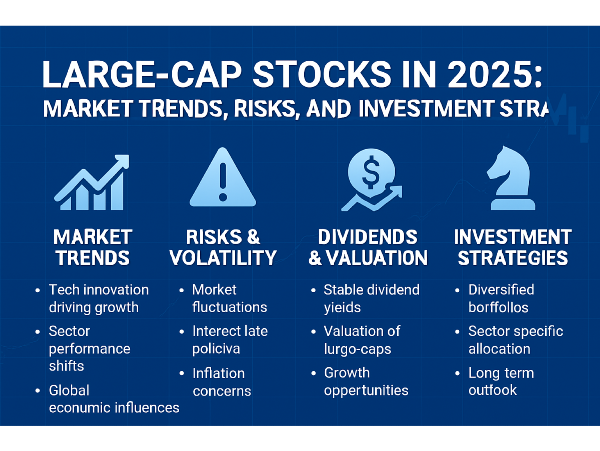


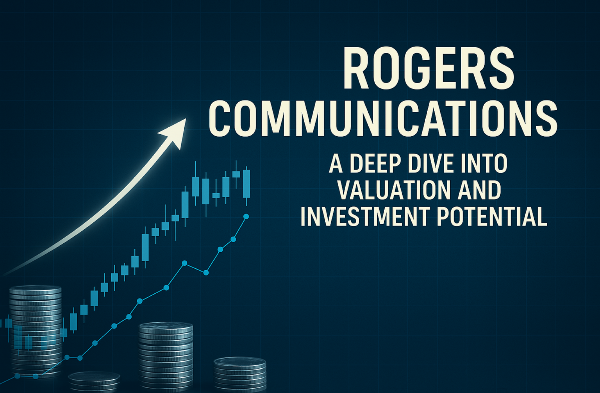
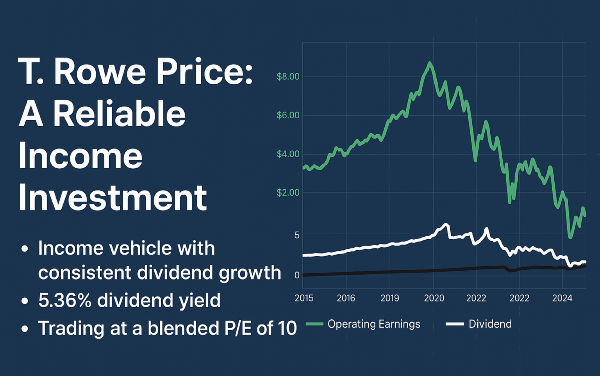
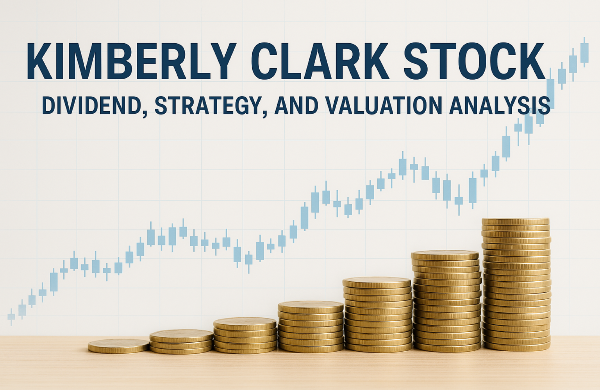

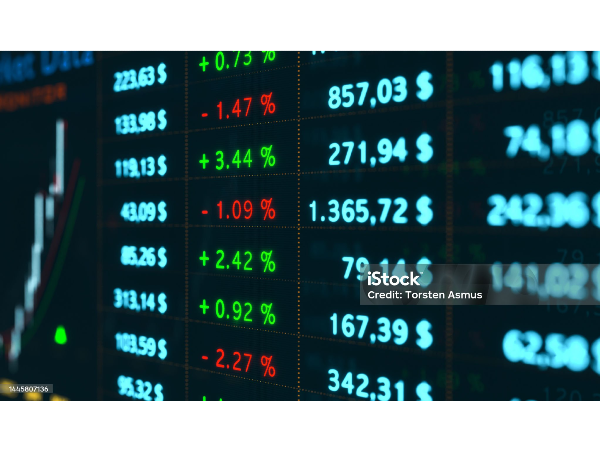


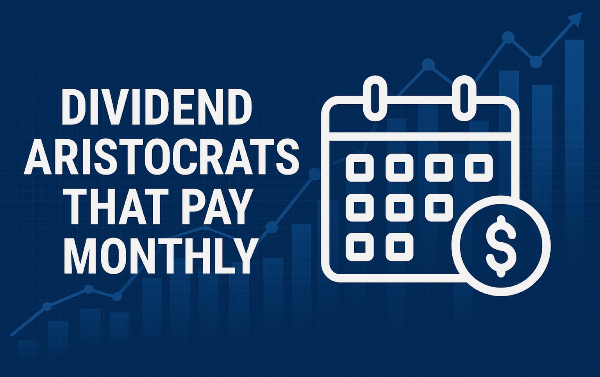
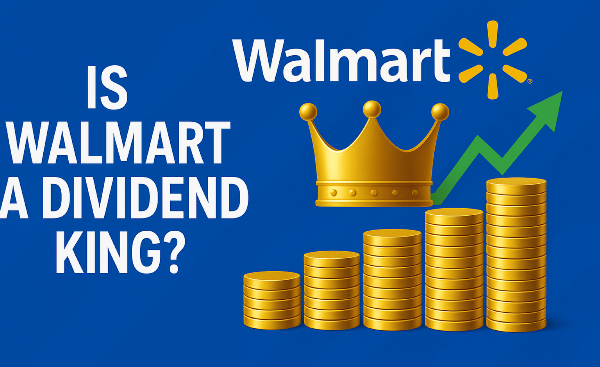
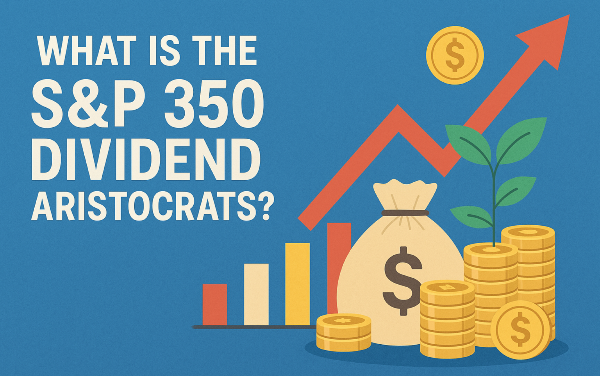

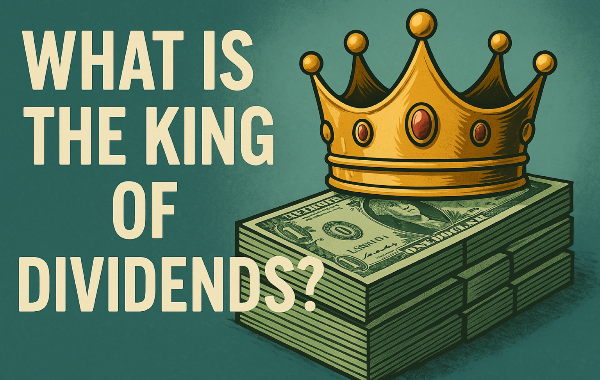
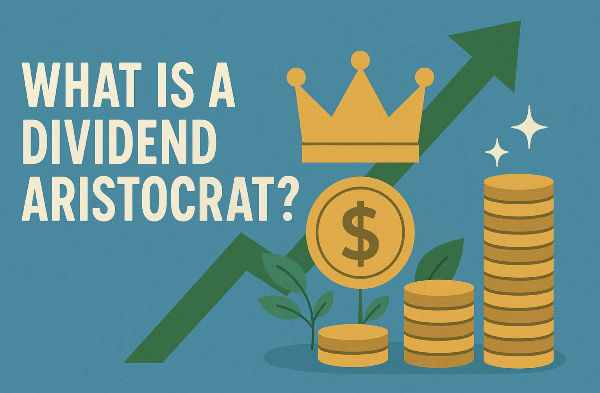
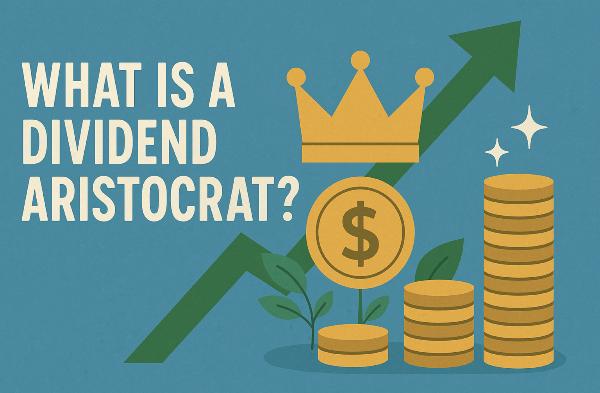
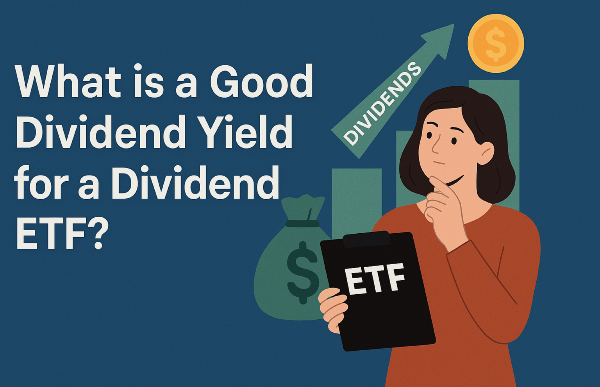
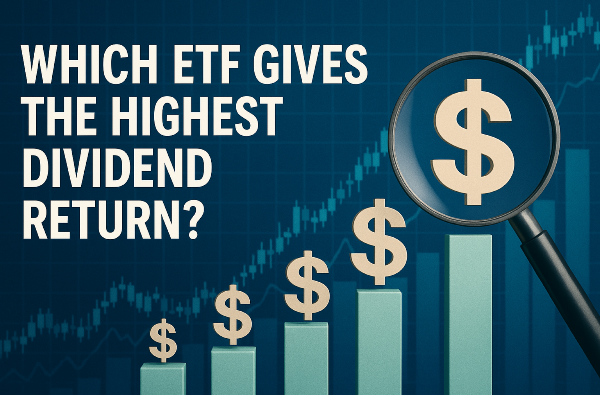
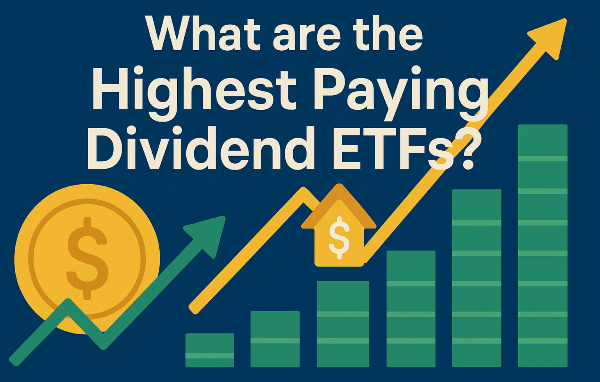
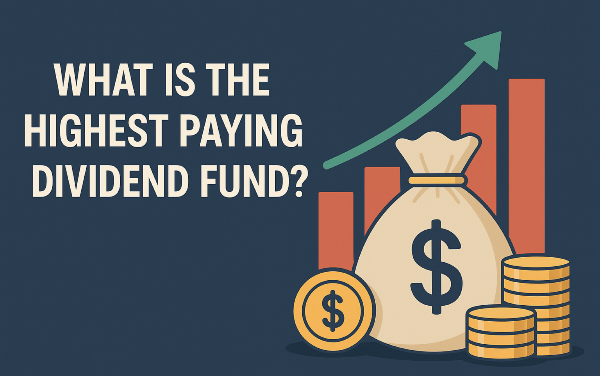
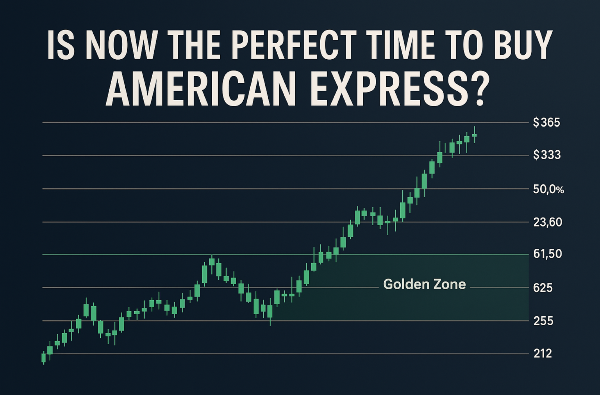








Evaluating the 2025 Outlook for Large-Cap Stocks
Introduction
Large-cap stocks continue to be a cornerstone of investment portfolios, offering stability and long-term growth potential. These stocks represent well-established companies with strong financials, making them attractive to investors seeking reliable returns. In 2025, factors such as technological advancements, inflation trends, and global economic shifts will shape large-cap stock performance. Understanding these dynamics is crucial for investors looking to optimize
Market Trends Driving Large-Cap Stocks in 2025
Large-cap stocks are expected to maintain strong performance in 2025, driven by sector-specific growth and economic stability. The technology sector continues to lead, with artificial intelligence, cloud computing, and semiconductor advancements fueling expansion. Companies like Microsoft MSFT and Nvidia NVDA are positioned for growth due to increasing demand for AI-driven solutions and high-performance computing. Healthcare and financial services also show resilience, benefiting from innovation and regulatory shifts that support long-term profitability.
Technological advancements play a crucial role in shaping large-cap stock valuations. AI integration, automation, and digital finance are expected to drive revenue growth for industry leaders. Companies investing in next-generation technologies will likely see increased investor confidence, leading to higher stock valuations. Additionally, firms adapting to sustainability initiatives and clean energy solutions may experience long-term appreciation as global markets prioritize environmental responsibility. Global economic influences will shape large-cap stock movements, with monetary policies and trade agreements playing a significant role. The Federal Reserve’s interest rate decisions and inflation trends will impact investor sentiment, affecting stock valuations across multiple sectors. Companies with diversified revenue streams and strong balance sheets are expected to outperform, mitigating risks associated with economic fluctuations.
Sources:
BlackRock
StockBossUp
Market Considerations for 2025
Risks and Volatility Considerations
Market fluctuations will continue to impact large-cap stocks in 2025, driven by economic uncertainty and investor sentiment. Large-cap stocks, particularly in technology and financial sectors, may experience volatility due to earnings reports, geopolitical events, and Federal Reserve policy shifts. Companies like Apple AAPL and Microsoft MSFT often see price swings based on macroeconomic trends and sector-specific developments. Interest rate policies and inflation concerns will play a significant role in shaping large-cap stock performance. The Federal Reserve’s stance on interest rates will influence borrowing costs, corporate profitability, and overall market liquidity. Inflationary pressures may lead to higher input costs for large-cap companies, affecting earnings growth and stock valuations.
Strategies for mitigating risk in large-cap investing include diversification, sector rotation, and defensive stock selection. Holding a mix of growth and value stocks within large-cap portfolios can help reduce exposure to market volatility. Additionally, investing in dividend-paying large-cap stocks enhances portfolio stability by providing consistent income.
Sources:
BlackRock
iShares
CFRA Research
Sector-Specific Outlook for Large-Cap Stocks
The technology sector is expected to drive large-cap stock growth in 2025, fueled by advancements in artificial intelligence, cloud computing, and semiconductor innovation. Companies like Nvidia NVDA and Microsoft MSFT are positioned to benefit from increased demand for AI-driven solutions and high-performance computing. The healthcare sector remains a stronghold for large-cap stocks, with drug approvals, policy changes, and medical innovation shaping investment strategies. Pharmaceutical giants such as Johnson & Johnson JNJ continue to lead in research and development, driving long-term growth.
Regulatory shifts and healthcare reforms may impact pricing structures, but the sector’s resilience ensures steady performance. The financial sector faces challenges and opportunities in 2025, influenced by interest rate impacts and banking stability. Large-cap financial institutions, including JPMorgan Chase JPM, are sensitive to Federal Reserve policies and inflation trends. Rising interest rates can improve profit margins on loans but may also reduce borrowing demand.
Sources:
Charles Schwab
iShares by BlackRock
BlackRock Market Considerations
Dividend Yields and Income Potential
Expected dividend trends for large-cap stocks in 2025 indicate steady payouts, with companies prioritizing shareholder returns. Dividend-paying large-cap stocks, such as Johnson & Johnson JNJ and Coca-Cola KO, continue to offer reliable income streams. Investors favor these stocks for their ability to maintain consistent dividends even during economic fluctuations. Tax efficiency considerations play a crucial role in dividend investing. Qualified dividends from large-cap stocks are taxed at lower rates than ordinary income, providing a tax advantage for long-term investors. Holding dividend-paying stocks in tax-advantaged accounts, such as IRAs, can further optimize tax liabilities. Additionally, funds with lower turnover rates, such as Schwab U.S. Dividend Equity ETF (SCHD), minimize capital gains distributions, enhancing overall tax efficiency.
Reinvesting dividends enhances portfolio growth by compounding returns over time. Many large-cap stocks offer automatic dividend reinvestment programs, allowing investors to purchase additional shares without incurring transaction fees. This strategy increases exposure to high-quality companies, accelerating wealth accumulation. Investors who reinvest dividends benefit from long-term capital appreciation.
Sources:
3 Safe Ultra-High-Yield Dividend Stocks
Dividend ETFs for Passive Income
Global Dividend Stocks to Consider
Valuation and Growth Prospects
Price-to-earnings (P/E) ratios remain a key metric for assessing large-cap stock valuations. In bullish markets, high P/E ratios may indicate investor optimism, but they can also signal overpricing. Companies like Microsoft MSFT and Nvidia NVDA have seen elevated valuations due to strong earnings growth and technological advancements. Investors should compare P/E ratios across industry peers and historical averages to determine whether a stock is fairly valued. Identifying undervalued large-cap stocks with strong growth potential requires analyzing financial metrics, sector trends, and market sentiment. Stocks with low P/E ratios, high dividend yields, and stable revenue growth often present attractive opportunities. Companies in emerging industries, such as clean energy and artificial intelligence, may be temporarily undervalued despite strong future prospects.
Large-cap firms adapt to competitive pressures by implementing strategic acquisitions, diversifying revenue streams, and enhancing operational efficiencies. Companies like Apple AAPL leverage acquisitions to integrate emerging technologies, ensuring continued innovation. Additionally, large-cap firms expand into new markets and optimize supply chains to maintain profitability. By embracing digital transformation and strategic partnerships, these companies mitigate competitive pressures and sustain long-term growth.
Sources:
US Dynamic Large Cap Value Outlook 2025
7 Large-Cap Stocks Poised for Strong Gains
Market Trends for Large-Cap Stocks
Future Investment Strategies for Large-Cap Stocks
Portfolio diversification and sector allocation remain essential for optimizing large-cap stock investments in 2025. Investors should balance exposure across technology, healthcare, and financial sectors to mitigate risks and enhance returns. Companies like Microsoft MSFT and Johnson & Johnson JNJ provide stability through diversified revenue streams. Long-term investment strategies for large-cap stocks focus on sustainable growth and income generation. Investors should prioritize companies with strong fundamentals, consistent earnings, and reliable dividend payouts. Stocks with a history of steady performance, such as Coca-Cola KO, offer predictable returns, making them ideal for long-term portfolios.
Economic indicators influencing large-cap stock allocations include interest rate policies, inflation trends, and corporate earnings reports. The Federal Reserve’s monetary decisions will impact investor sentiment, affecting stock valuations across multiple sectors. Large-cap stocks with exposure to defensive industries, such as consumer staples and healthcare, may provide stability during economic uncertainty.
Sources:
iShares by BlackRock
Morningstar
Forbes
Conclusion
Large-cap stocks remain a vital component of investment portfolios in 2025, offering stability, growth potential, and sector-specific opportunities. While market fluctuations, interest rate policies, and competitive pressures pose challenges, strategic diversification and careful stock selection can mitigate risks. Investors should focus on emerging trends, technological advancements, and macroeconomic indicators to optimize their large-cap stock allocations.
Expert Analysis: Strategic Insights on Large-Cap Stock Performance in 2025
Investors should focus on large-cap stocks with strong fundamentals and sector leadership in 2025. Companies positioned in AI, clean energy, and digital finance are expected to drive market growth. While economic uncertainty may create short-term volatility, well-managed large-cap stocks will continue to deliver reliable returns. Understanding macroeconomic trends and sector dynamics is crucial for optimizing investment strategies.
📌Read More About:
Top Large Cap Stocks- https://stockbossup.com/pages/topics/large-cap
What Are Large US Cap Stocks?- https://stockbossup.com/pages/post/39045/understanding-large-us-cap-stocks-and-their-market-influence
What Percentage of the Market is Large Cap?- https://stockbossup.com/pages/post/39124/what-percentage-of-the-stock-market-is-large-cap-market-breakdown-and-investment-insights
Why Are Large Caps Outperforming?- https://stockbossup.com/pages/post/39128/why-large-cap-stocks-are-outperforming-market-trends-and-investment-insights
Is it Good to Invest in Large Cap Funds for Long-Term?- https://www.stockbossup.com/pages/post/38858/are-large-cap-funds-a-smart-long-term-investment